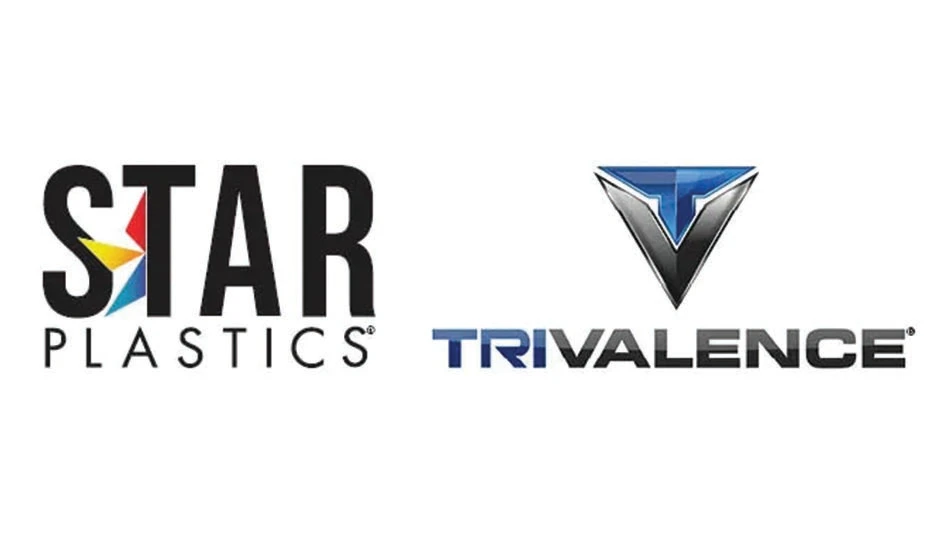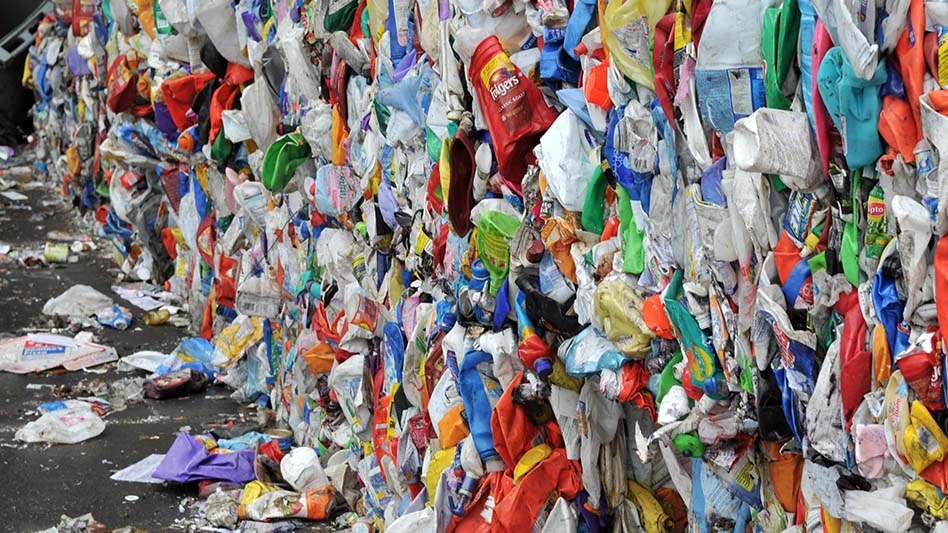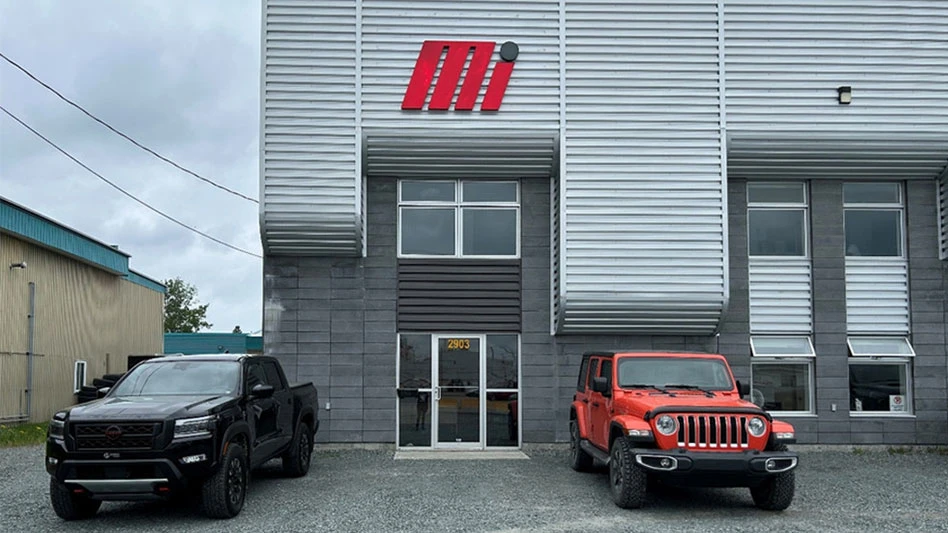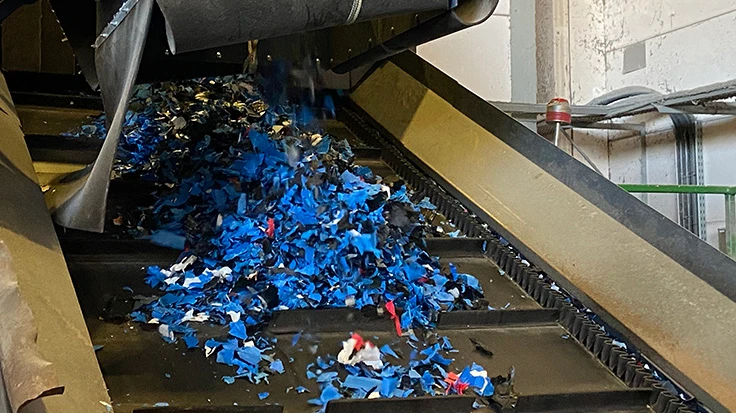International Paper announces spinoff business
International Paper (IP), Memphis, Tennessee, has announced a plan to pursue a spinoff of the company’s Printing Papers segment into a stand-alone, publicly traded company it’s referring to as “SpinCo” until the company establishes its own corporate identity. According to a news release from IP, this transaction will result in two streamlined companies.
IP says it expects the separation to be completed by the third quarter of 2021 and to be tax-free for U.S. income purposes.
Upon completion of the spinoff, Jean-Michel Ribiéras, currently senior vice president, Industrial Packaging, at IP, will become the chief executive officer of SpinCo. The rest of the SpinCo leadership team and board of directors will be announced over the next several months.
According to IP, SpinCo will offer its services to customers in North America, Brazil and Europe. The company says SpinCo’s anticipated capital structure is intended to allow strategic and operating flexibility and the potential to optimize the business. As a stand-alone entity, SpinCo will have approximately $4 billion in sales and eight mills with 2.9 million metric tons of annual capacity and 0.4 million metric tons of coated paperboard capacity.
IP says the transaction will be implemented through the distribution of SpinCo shares to IP shareowners. IP will retain up to 19.99 percent of the shares of SpinCo, with the intent to monetize and provide additional proceeds to IP. The company says it plans “to accelerate profitable growth in Industrial Packaging in North America and Europe, the Middle East and Africa and improve the returns of its Global Cellulose Fibers business.”
The company says it will continue its joint venture with Ilim Holdings in Russia.
Get curated news on YOUR industry.
Enter your email to receive our newsletters.

Explore the January 2021 Issue
Check out more from this issue and find your next story to read.
Latest from Recycling Today
- Commentary: Expanded polystyrene: 98 percent air, 2 percent plastic, 100 percent misunderstood
- AMCS appoints general manager for North America
- How tariffs, regulations affect LIBs recycling in US, EU
- Schwan Cosmetics introduces packaging free of styrene, ABS
- Aimplas coordinates EU project focused on solar panel circularity
- Fresh Perspective: Brandon Sacca
- New Hampshire the Beautiful Inc. awards recycling equipment grants
- Cards acquires National Waste of Tulsa, Oklahoma






